
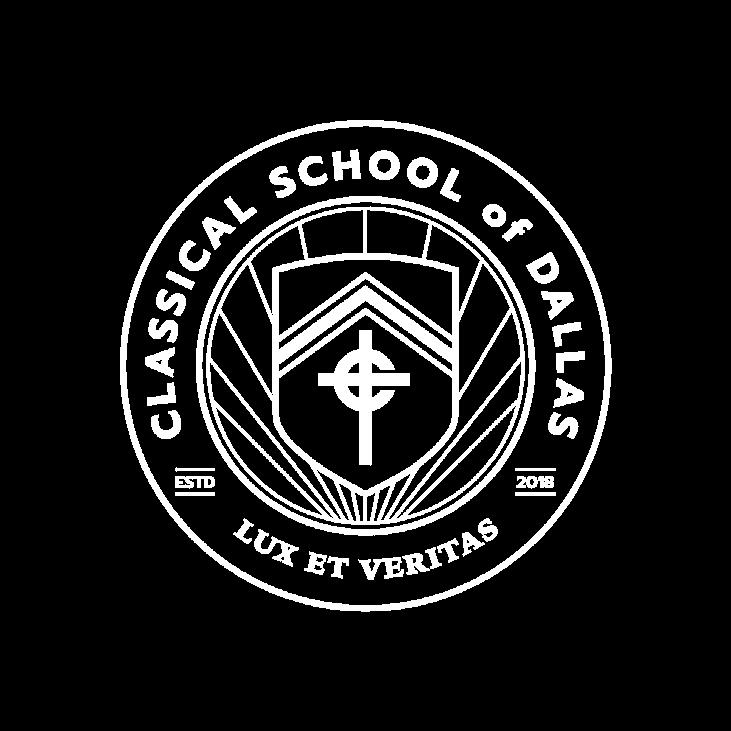
This guide includes our brand narrative and nuances for every application.
with any questions as you create within the CSD brand.
Core Messaging
5 Vision
6 Mission
7 Tagline
8 Philosophy of Education
10 Portrait of a Graduate
11 Vocatio
12 House System

OUR VISION
By the grace of God,
Classical graduates become disciples of Christ who love truth, goodness and beauty — furthering His Kingdom as they discover their unique giftings.
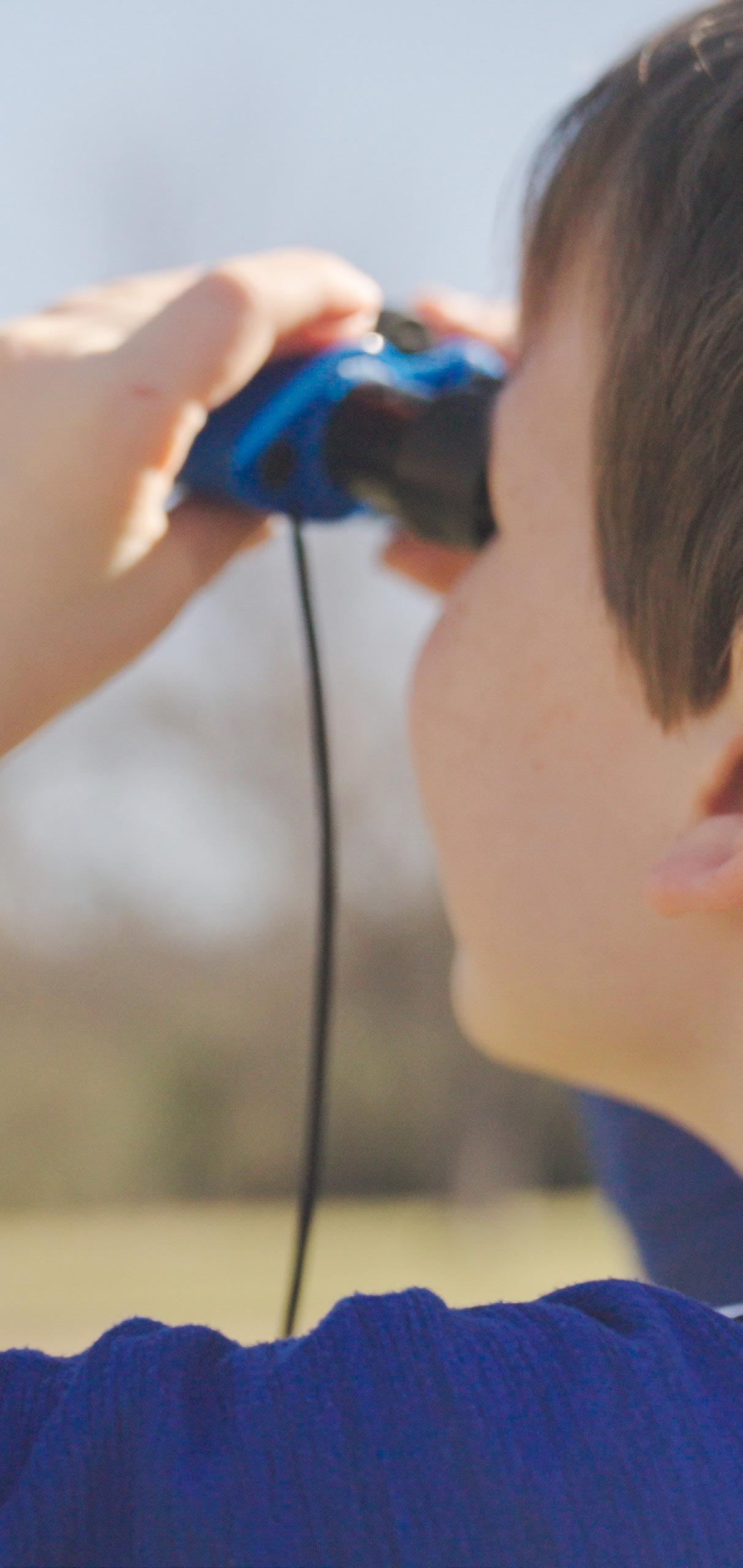
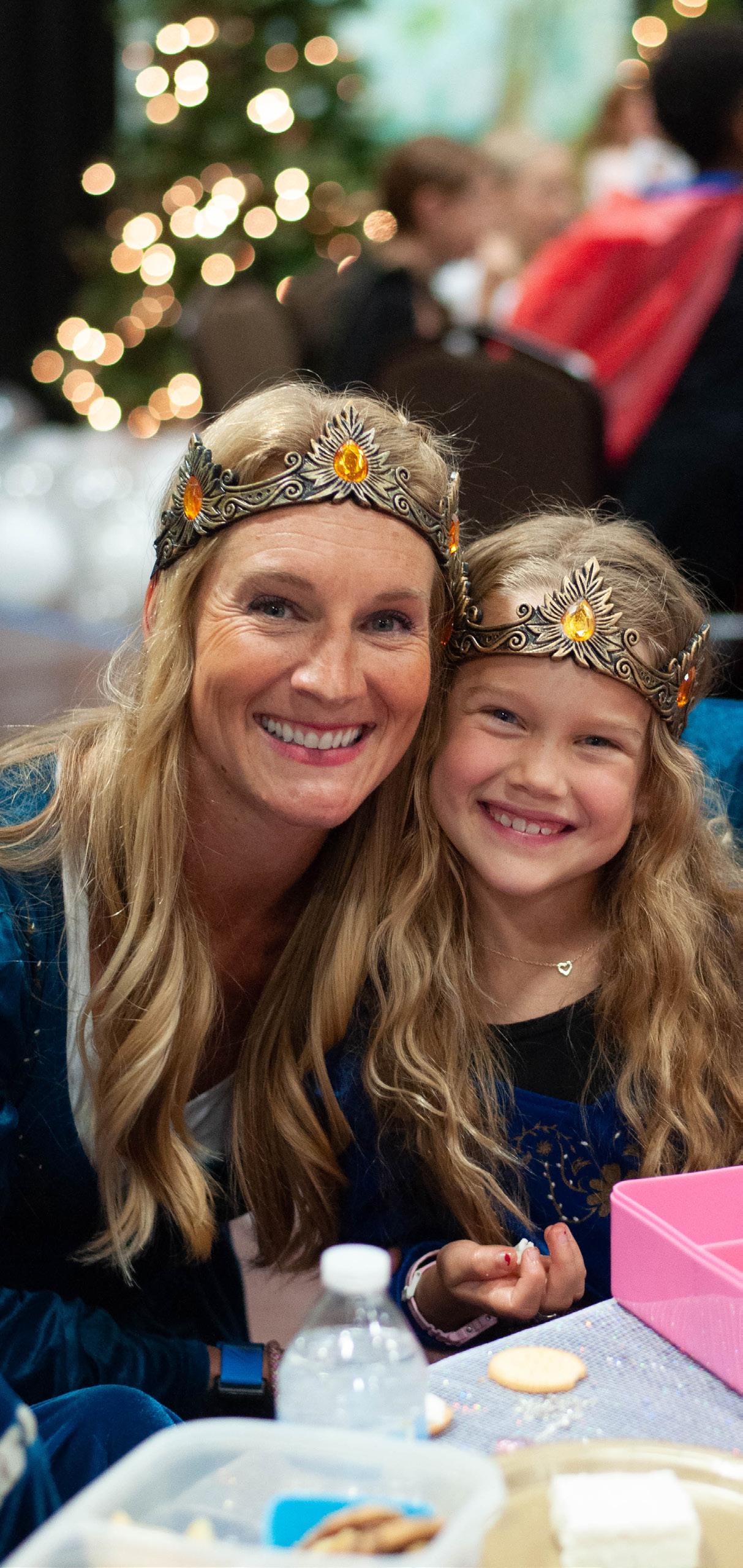
OUR MISSION
We partner with parents
to cultivate passion and depth in students through an imaginative, faithful, and intelligent exploration of God’s Word and world.
At Classical, we provide Christ-centered, classical, and collaborative education for students in the liberal arts tradition.
LUX ET VERITAS | LIGHT AND TRUTH
Send out your light and your truth; let them lead me; let them bring me to your holy hill and to your dwelling!
—PSALM 43:3
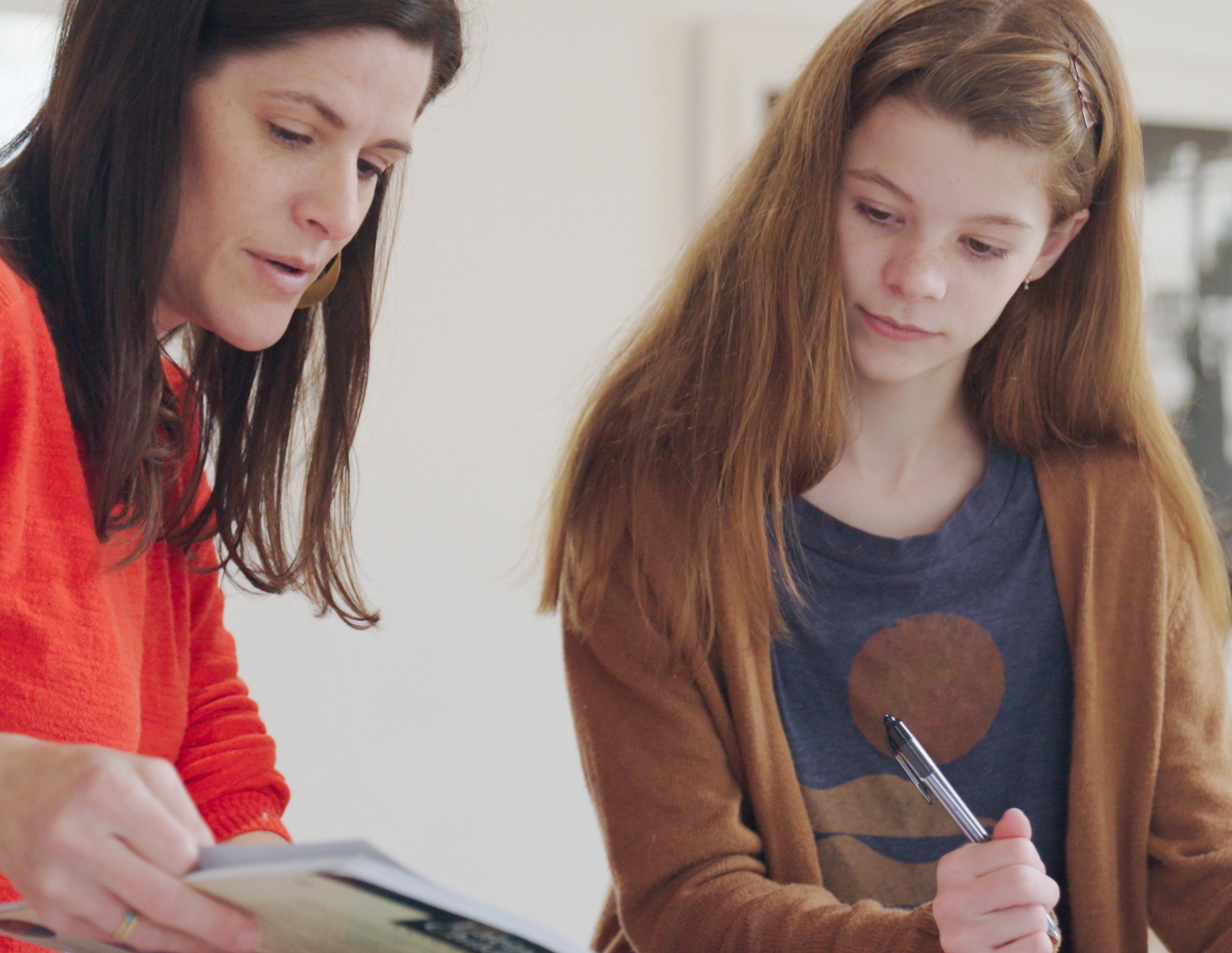
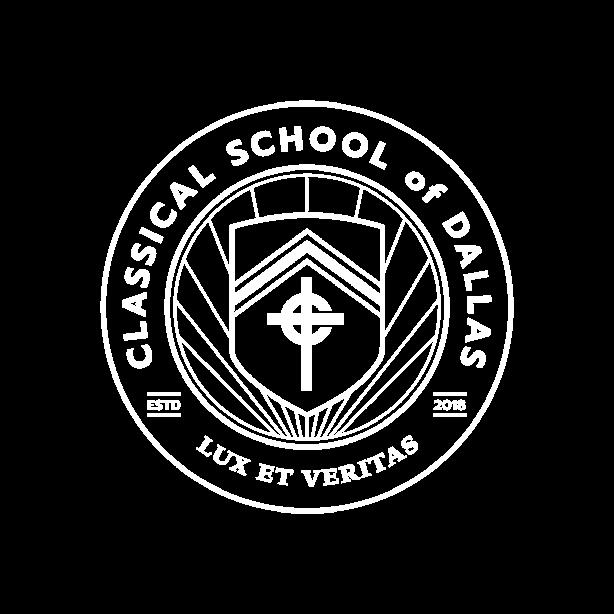
Our Philosophy of Education
CHRIST-CENTERED • CLASSICAL • COLLABORATIVE
Our Philosophy of Education
Classical provides a rigorous, college-preparatory, Biblicallysound private school education to train students using the Classical model.
CHRIST-CENTERED
“In Him all things hold together” –Col. 1:17
Knowing Christ to be “before all things” and that “in Him all things hold together,” we believe academics and faith must go hand and hand to effectively navigate the whole of reality. Through integrating subjects, we train students to have a cohesive biblical network of principles to understand the world. We seek a discipleship orientation to cultivate wisdom and virtue through a spiritually formative education.
CLASSICAL
Love what lasts
Using proven, time-tested historical teaching methods aligned with a child’s natural developmental stages, we equip students with the tools for lifelong learning known as the Trivium (Grammar, Logic, and Rhetoric). We follow scholarly and robust curriculum to cultivate affections for things that have stood the test of time. With thoughtfully selected good, true and beautiful books we train students to love what truly lasts.
COLLABORATIVE Parents as primary influencers
Students enjoy the best from both learning environments: two or three days of structured campus classrooms and programs (led by professional teachers) balanced by two or three days of more flexible learning at home (led by parents). Curated curriculum and step by step daily instructions enable parents to create increasingly enriched homes and to share in the academic formation of their children. The combination of settings uniquely integrates living and learning, ultimately fostering whole person education.
Classical School of Dallas partners with parents to cultivate students who:
• Love truth, goodness, and beauty — recognizing Christ as the source.
• Apply a biblical worldview to learning and living — pursuing a growing faith in Jesus Christ.
• Read deeply, listen thoroughly, and reason truthfully.
• Speak and write charitably with wisdom and eloquence.
• Engage creation with wonder.
• Work diligently and serve faithfully by acting for the good of others.
• Seek to develop and deploy individual gifts and passions in God’s redemptive story.
Portrait of a Graduate
This is our decision-making North Star that guides which studies and programs will become grafted into the Classical School of Dallas culture.
Each of us has a calling.
Vocatio trains students to know the nearness of God by integrating learning with living.
For in Him we live, and move, and have our being… For we are indeed His children.
—ACTS 17:28
How will you move in the world?
As students grow to know God, they begin to know themselves. Moving from idea to application, belief to behavior, teachers mentor students to address important questions about how our studies inform real life and individual purpose.
Our House Virtues
HOUSE SYSTEM
Acting for the good of others
Classical’s house system is designed to provide service and community opportunities for students to lead, explore individual giftings and encourage virtue.
PRUDENCE
The ability to make wise and practical decisions.
JUSTICE
The virtue of fairness, promoting peace and caring for the vulnerable.
TEMPERANCE
The practice of self control, regulating emotions and desires.
FORTITUDE
The virtue of courage and strength amidst adversity, willingness to endure suffering.
“
“Educating the mind without educating the heart is no education at all.”
—ARISTOTLE


Our tone informs how we talk about ourselves.
This includes how we write and speak about our school, students, families and teachers.
We are: We are not:
Honest
Disruptive Positive
Determined
Confident
Empathetic
Intentional
Rigorous
Intelligent
Alarming
Discouraging Pushy
Delusional
Haughty
Acquiescent
Exclusive
Rigid
Insulting
Description goes here
BEST PRACTICES
• Lorem Ipsum
• Lorem Ipsum
• Lorem Ipsum Morning Assembly
Inclusive of our Classical tone, the following are specific to crafting our Morning Assembly experience.
We are: We are not:
Encouraging Prepared Joyful Consistent Winsome Worshipful Critical Ill-Prepared Stiff Spontaneous Silly Casual
Phrases we repeat
We use these phrases consistently, to help bring clarity as we communicate about Classical and our overall philosophy of education.
Christ-centered
• Focus on who you become, over what you achieve.
• Pursue the good, true and recognize Christ as the source.
• All learning points to knowing more of God and the world He created.
• Cultivate affections to love what is good.
• Rhetoric of love, over rhetoric to be right.
• Committed to both scholarship and discipleship.
Classical
• Integration of head, heart and hand.
• Creating lifelong learners and lovers of learning.
• Cultivating the life of the mind.
• Mining for the deeper things.
• Teaching students how to learn.
Collaborative
• Parents remain primary influencers, not primary instructors.
• The home becomes the center of learning.
• Tailoring our teaching in accordance with the child’s needs.
• Partnering with families in the journey of discipleship.
• Fostering family discipleship through the lens of education.
36 Color
38 Typography
39 Photography


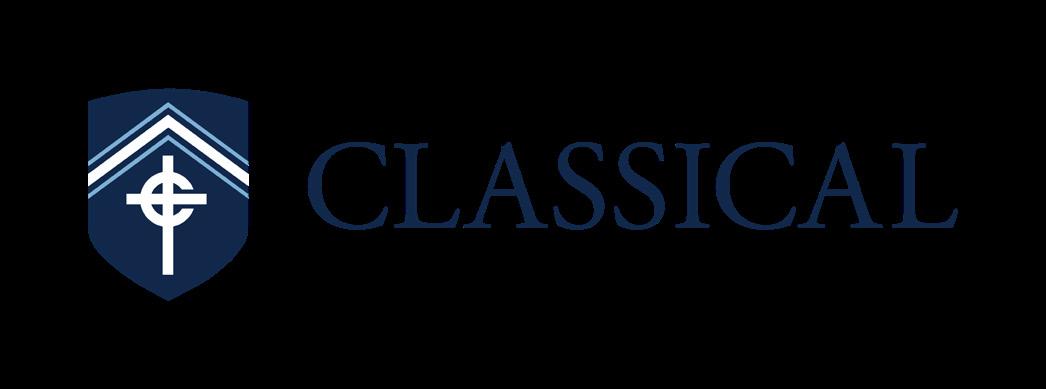

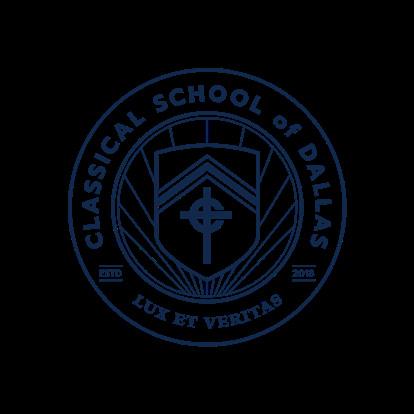
The CSD logo is arranged in a variety of approved layouts to fit all sizes and spaces the brand is applied.
BEST PRACTICES
• The primary layout is the most robust of the logo layouts and is used most often in external applications..
• The secondary layout is best for internal applications where the CSD brand is inherently understood.
• The shield is a secondary brand element for instances when the CSD name has already been presented. It’s the best option when you’re tight on space and still want branding.
• The academic seal is an additional brand element for instances when the CSD name has already been presented.

The primary logo is the most robust in the logo family and is best for contexts that allow more space for brand expression.
BEST PRACTICES
• Use the primary logo for external applications to ensure clear association with CSD.
• The primary logo is best applied in landscape copy space or horizontal signage.
• Make sure you also have enough contrast when overlaying to not lose the logo.
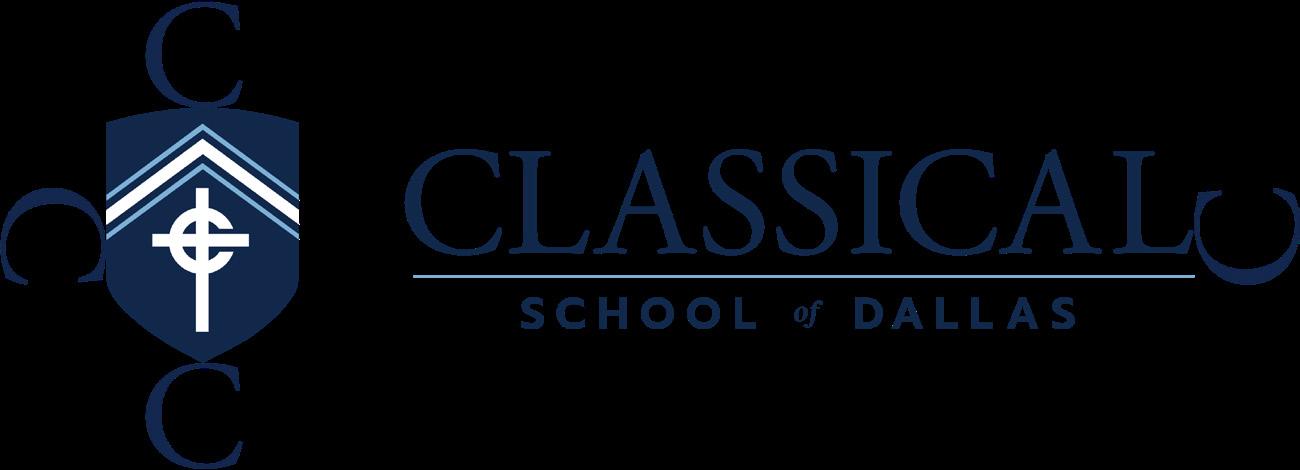
SAFE SPACE
• Always use adequate margin.
• For reference, the height of the ‘C’ can be used to ensure proper spacing next to other design elements and/or within the overall available space.
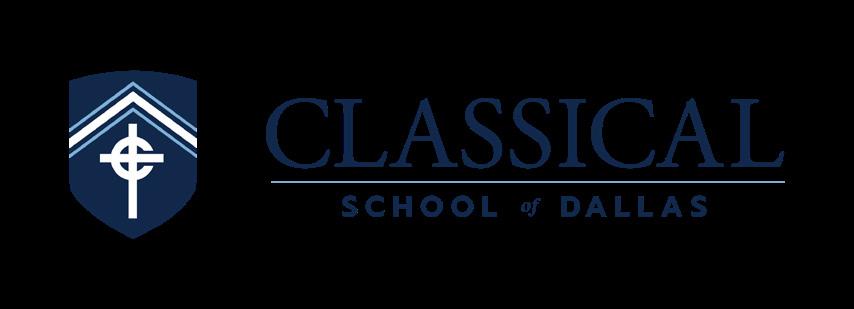
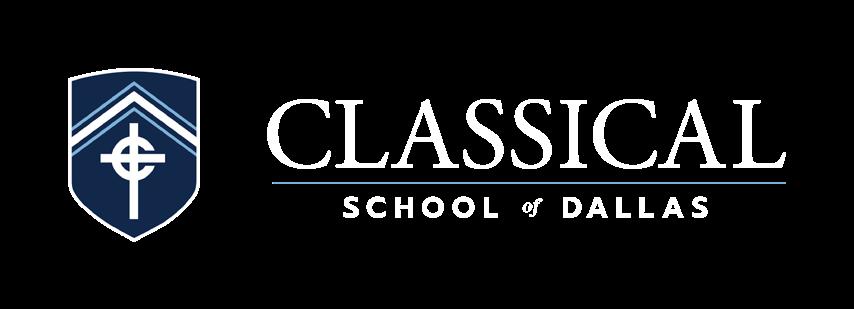
COLORS
• Use “On Dark” for Oxford, Classical or other dark backgrounds.
• Use “On Light” for Skye or other light backgrounds.

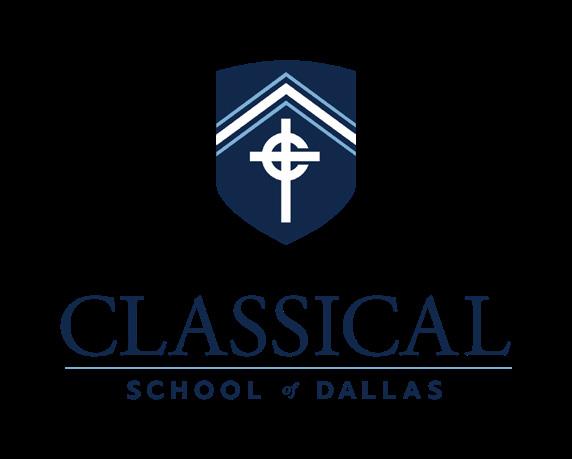

MINIMUM SIZES
• To ensure maximum legibility make sure the primary logo is 2.375 inches or greater.
• For smaller sizes use the primary stacked logo.
• For the smallest areas use the shield ≥
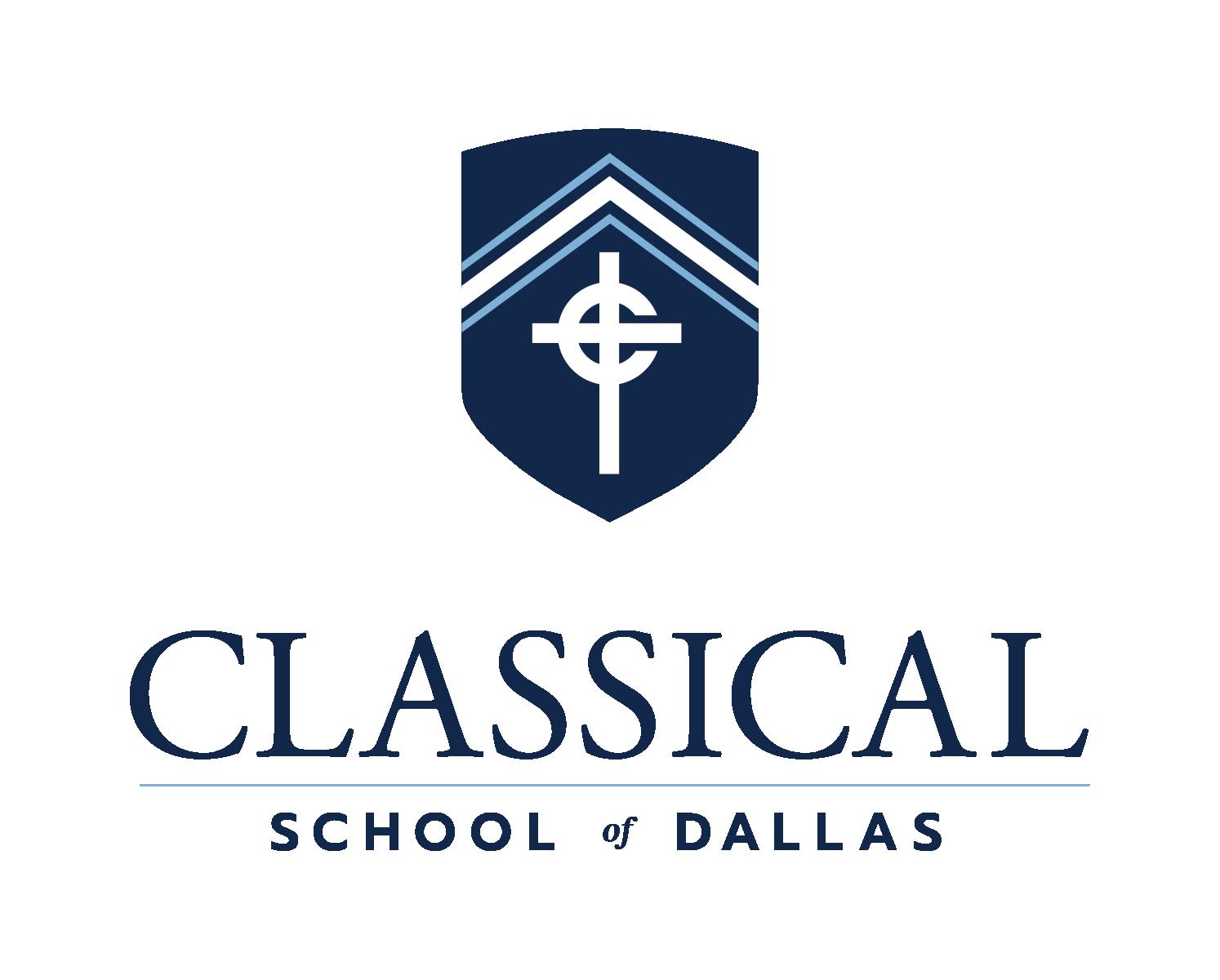
The primary stacked logo is best for applications where the primary doesn’t fit.
BEST PRACTICES
• Use the primary stacked for external applications to ensure clear association with Classical School of Dallas.
• When used with adequate margin, this logo layout works well positioned in square spaces.
• Make sure you also have enough contrast when overlaying to not lose the logo.
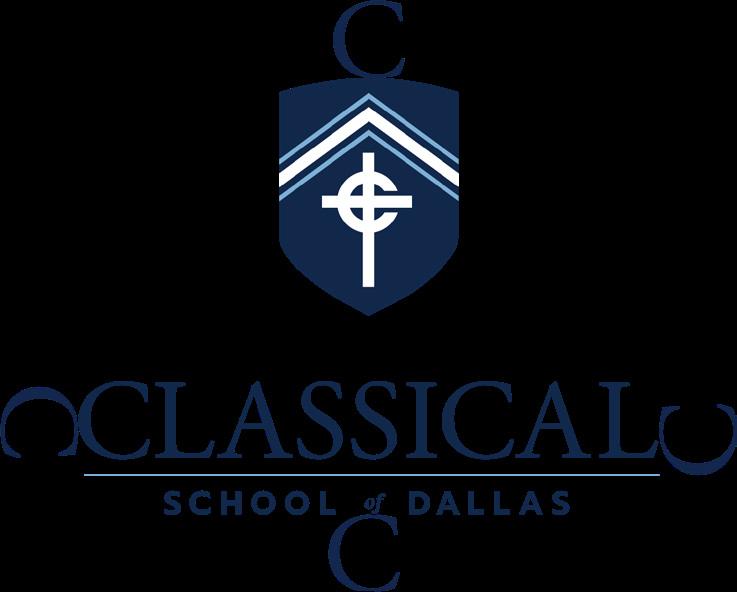

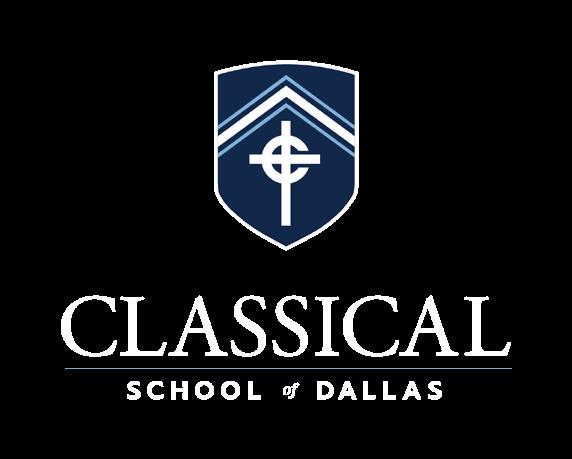


SAFE SPACE
• Always use adequate margin.
• For reference, the height of the ‘C’ can be used to ensure proper spacing next to other design elements and/or within the overall available space.
COLORS
• Use “On Dark” for Oxford, Classical or other dark backgrounds.
• Use “On Light” for Skye or other light backgrounds.
MINIMUM SIZES
• To ensure maximum legibility make sure the primary stacked is 1.5 inches or greater.
• For the smallest areas use the shield ≥ 1.5 in or 108px ≥ .375 in or 27px

The secondary logo is best for internal applications where the CSD brand is inherently understood.
BEST PRACTICES
• The secondary logo is best applied in landscape copy space or other horizontal spaces.
• Make sure you also have enough contrast when overlaying to not lose the logo.
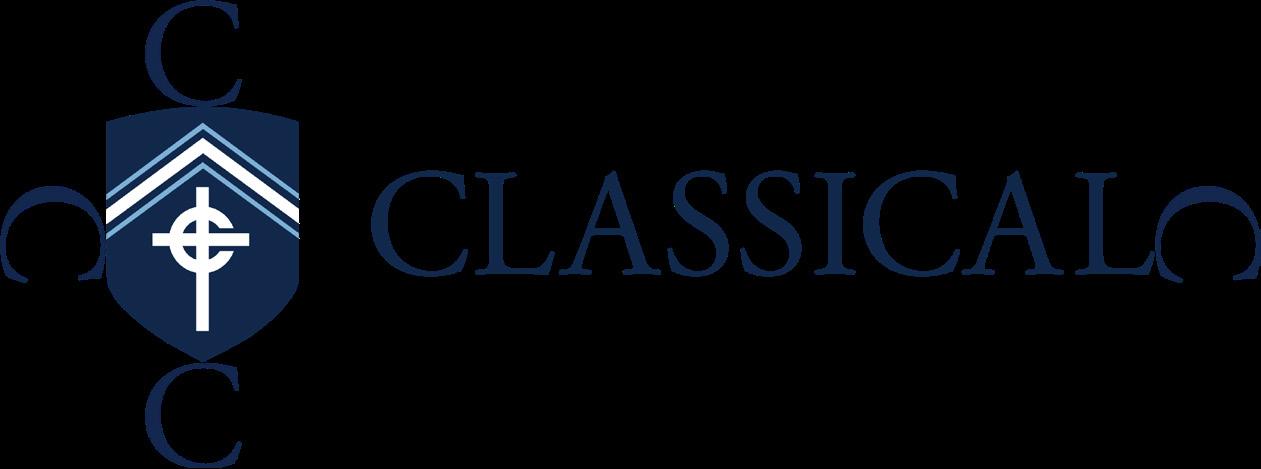
SAFE SPACE
• Always use adequate margin.
• For reference, the height of the ‘C’ can be used to ensure proper spacing next to other design elements and/or within the overall available space.
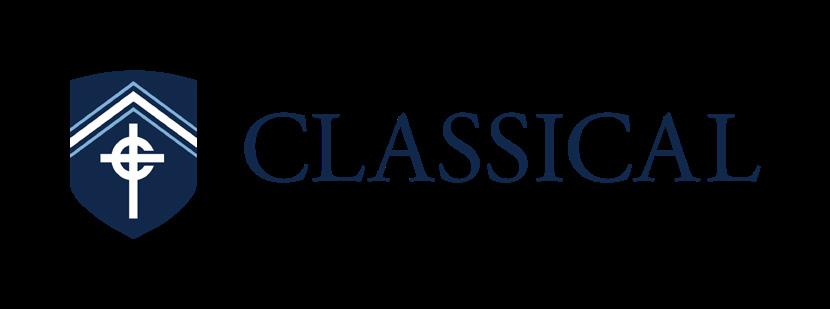

COLORS
• Use “On Dark” for Oxford, Classical or other dark backgrounds.
• Use “On Light” for Skye or other light backgrounds.
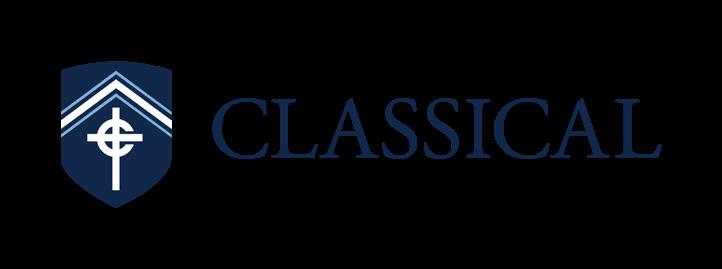


MINIMUM SIZES
• To ensure maximum legibility make sure the secondary logo is 2 inches or greater.
• For smaller sizes use the secondary stacked logo.
• For the smallest areas use the shield
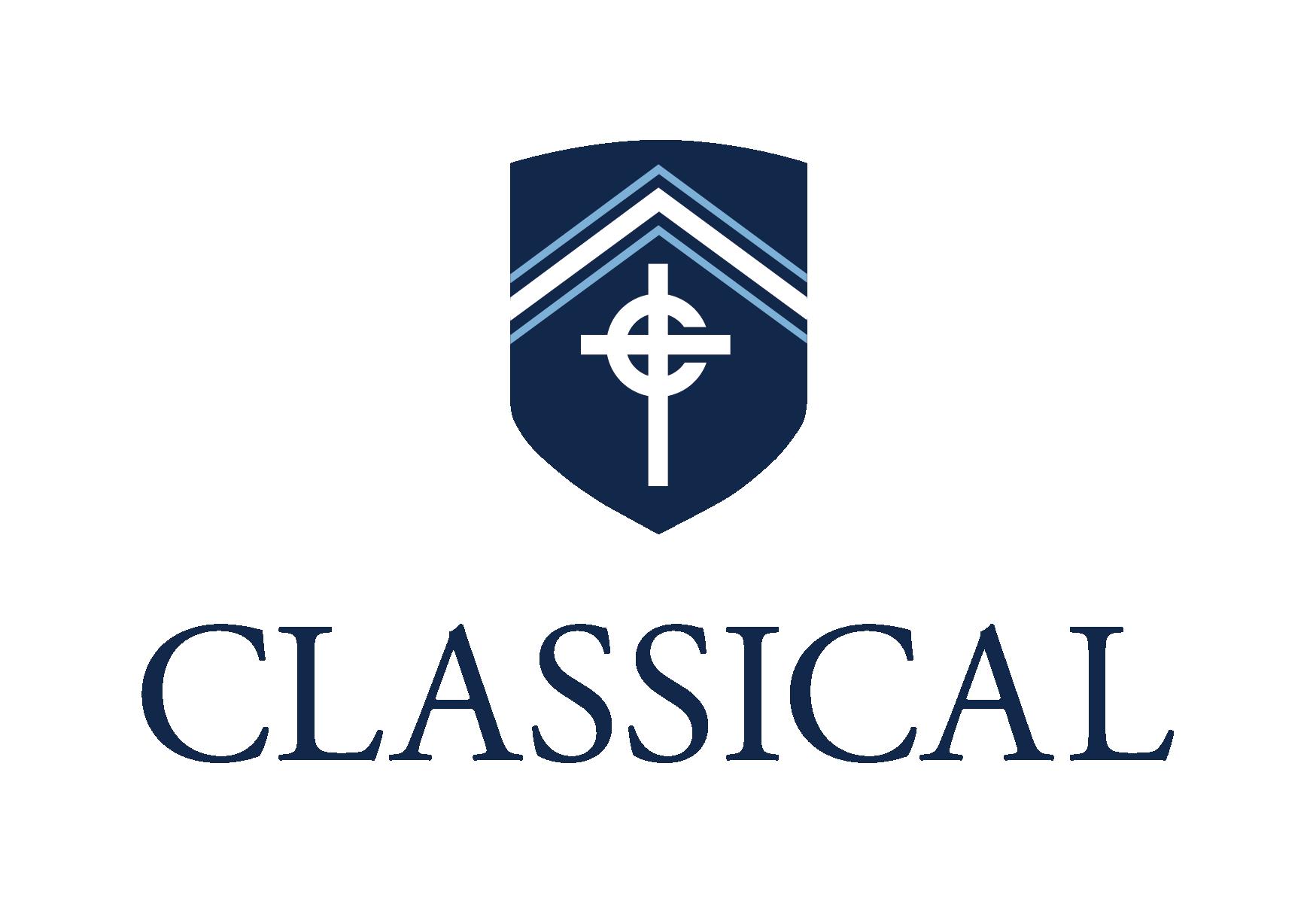
The secondary stacked logo is best for applications where the secondary logo does not fit.
BEST PRACTICES
• Use the secondary stacked for internal applications where the CSD brand is inherently understood.
• When used with adequate margin, this logo layout works well positioned in square spaces.
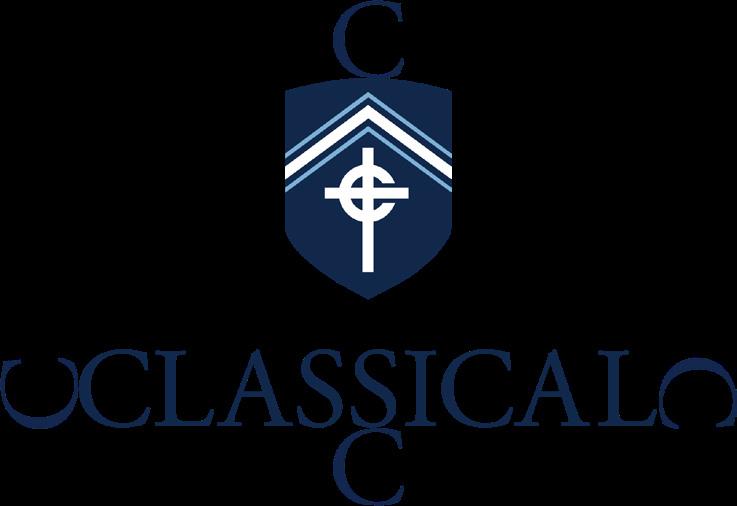
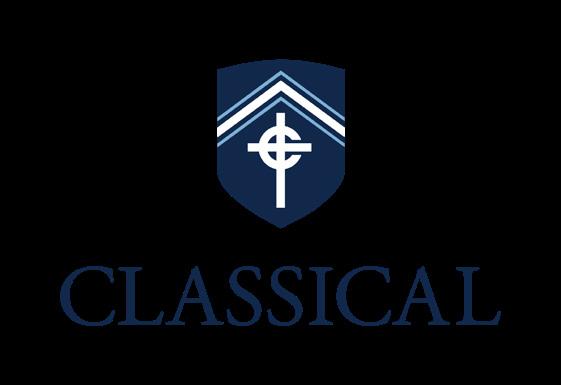
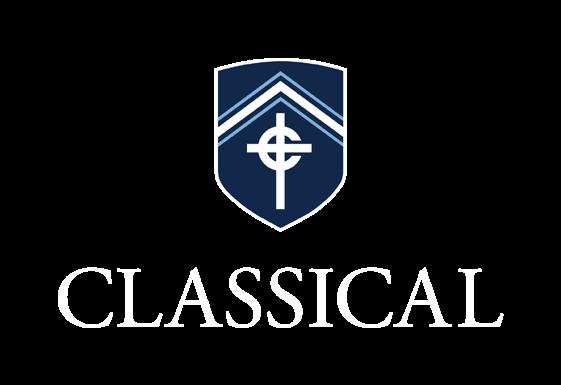
SAFE SPACE
• Always use adequate margin.
• For reference, the height of the ‘C’ can be used to ensure proper spacing next to other design elements and/or within the overall available space.
COLORS
• Use “On Dark” for Oxford, Classical or other dark backgrounds.
• Use “On Light” for White or other light backgrounds.


MINIMUM SIZES
• To ensure maximum legibility make sure the primary stacked is 1.375 inches or greater.
• For the smallest areas use the shield

The shield is a secondary brand element for applications where another CSD logo has already been used.
BEST PRACTICES
• The most versatile of the brand elements, the shield is best for at a glance brand representation in small areas.



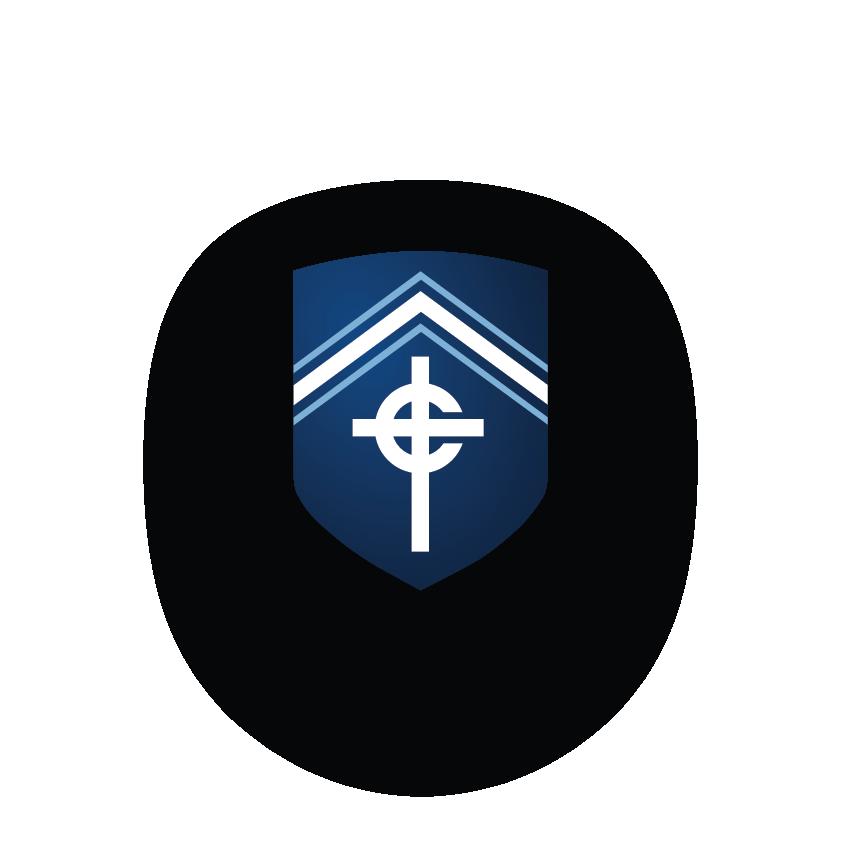
SAFE SPACE
• Always use with adequate safe space and margin on all sides of the shield.
COLORS
• Use “Flat” on Royal, Skye or other light backgrounds.
• Use “Outline” on Oxford, Classical or other dark backgrounds.
• Use “Shadow” for digital applications on light backgrounds only.

MINIMUM SIZES
• To ensure visibility, make sure the width of the shield is greater than .375 inches.
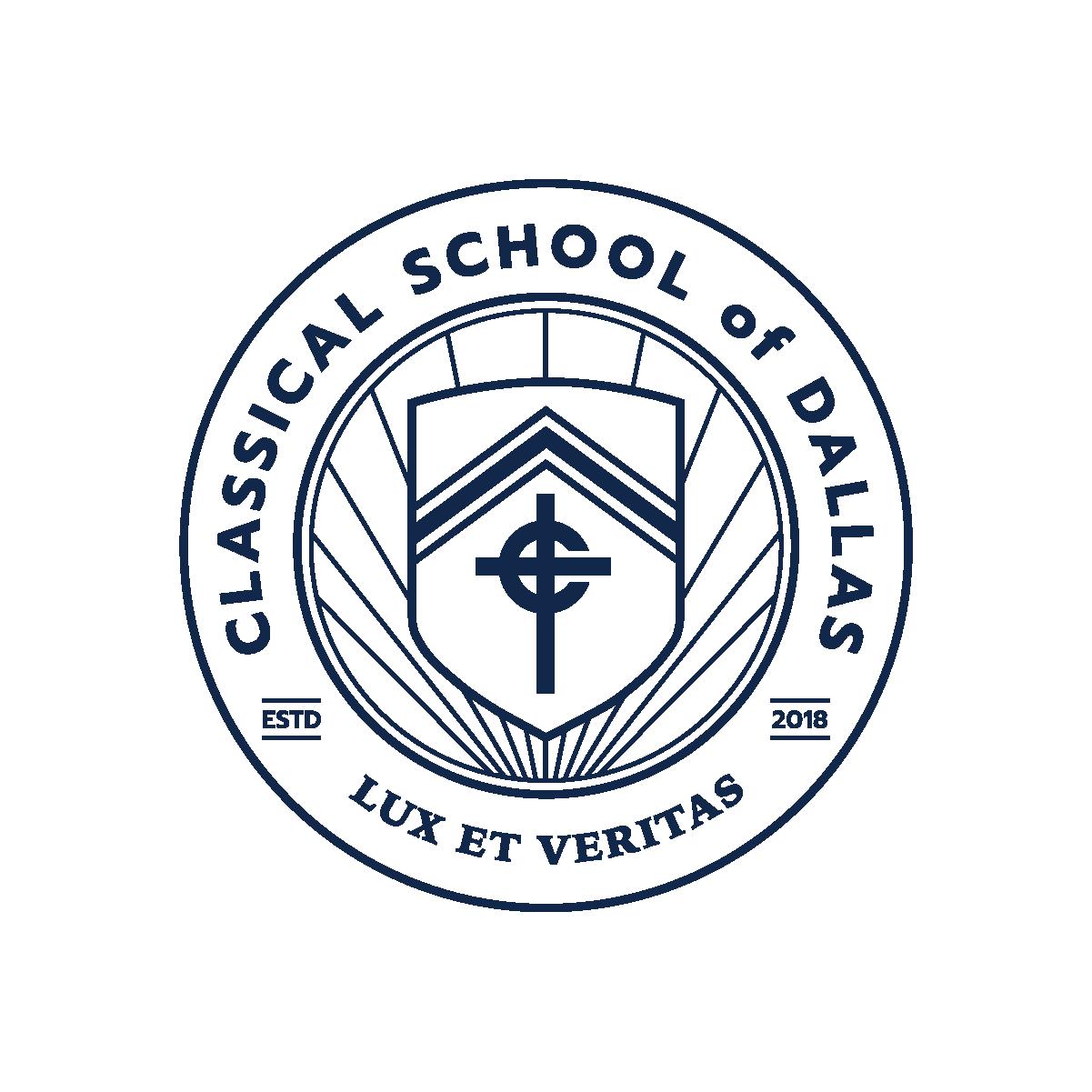
The academic seal is a brand element for applications where a CSD logo has already been used.
BEST PRACTICES
• The format of the academic seal is best for square or round applications such as certificates, stamps or foil seals.
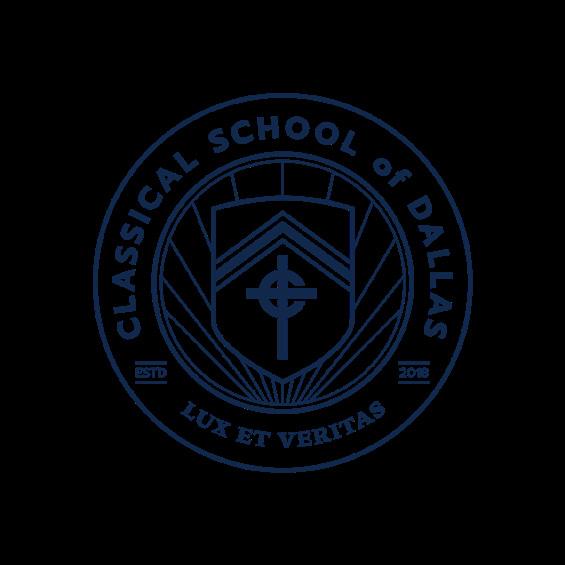

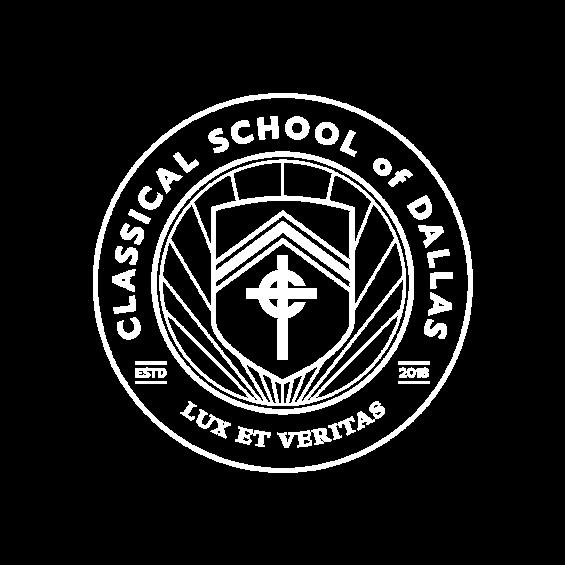


SAFE SPACE
• Always use with adequate safe space and margin on all sides of the academic seal.
COLORS
• Use “On Dark” for Oxford, Classical or other dark backgrounds.
• Use “On Light” for White or other light backgrounds.
MINIMUM SIZES
• To ensure maximum legibility, make sure that the academic seal is 1 inch or greater.
• For the smallest areas use the shield
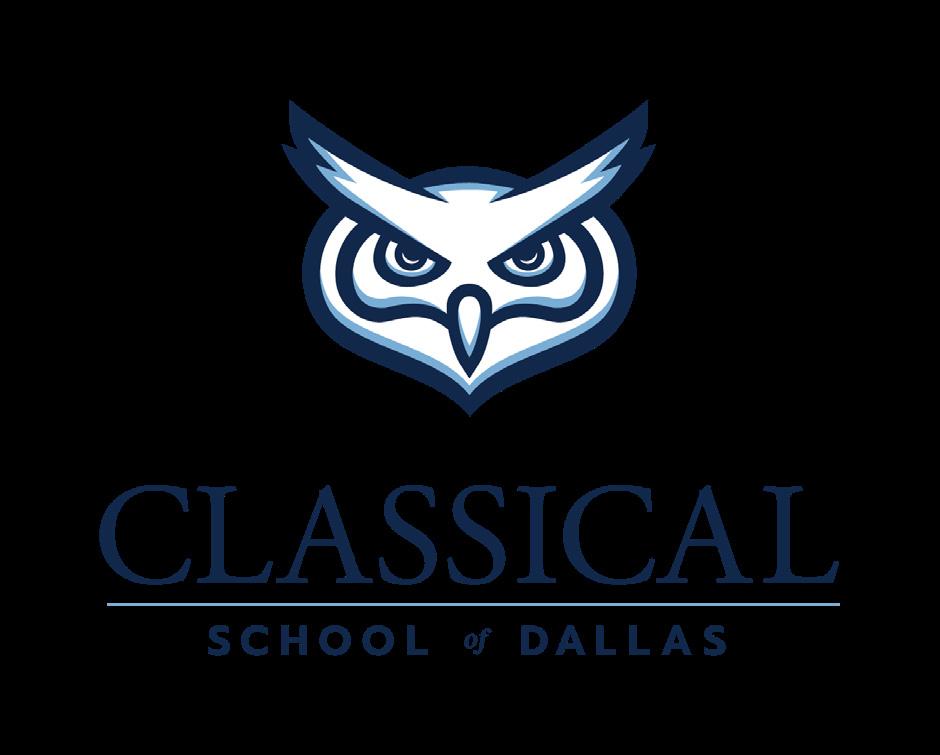
The owl lock-up is best for adding whimsy to student focused applications.
BEST PRACTICES
• Use this layout for applications such as swag and non-uniform apparel, such as athletic gear.
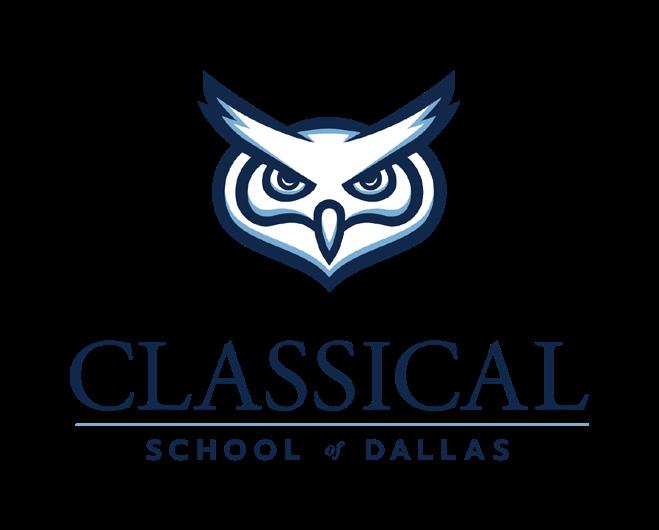

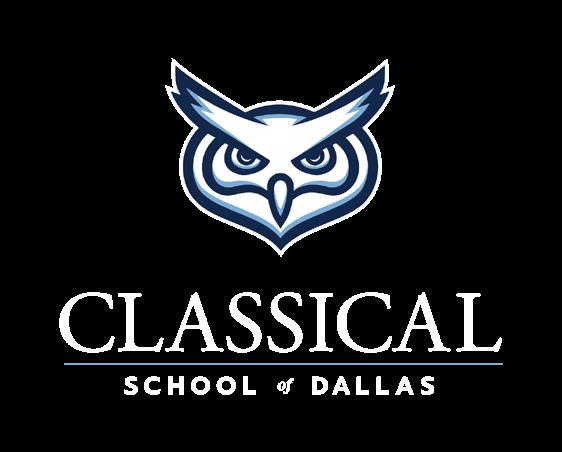
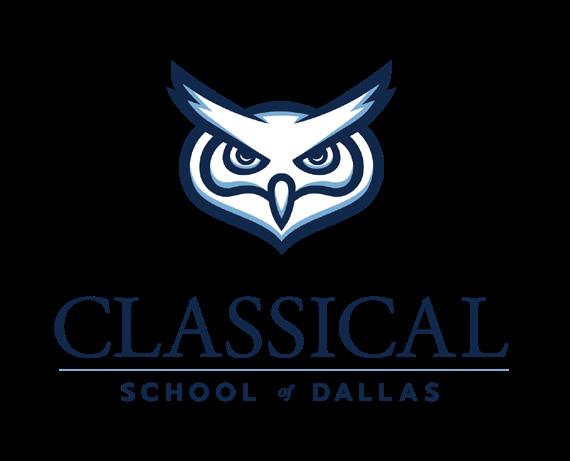

SAFE SPACE
• Always use with adequate safe space and margin on all sides of the owl lock-up.
COLORS
• Use “On Dark” for Oxford, Classical or other dark backgrounds.
• Use “On Light” for White or other light backgrounds.
MINIMUM SIZES
• To ensure maximum legibility, make sure that the owl lock-up is 1.5 inches or greater.
• For the smallest areas use the owl-only mark




These secondary owl marks include a variety of layouts for spirit-wear and athletic apparel.
BEST PRACTICES
• Choose the layout that best fits the application area, while allowing adequate margin on all sides.
• For small areas, always opt for the owl-only mark.





CL A SSIC A L
CL A SSIC A L
CL A SSIC A L
Ensure your brand equity
Follow these simple guidelines to avoid common mistakes:
WHAT NOT TO DO:
1 Distort or stretch
2 Add a drop shadow
3 Rotate
4 Rearrange logo elements
5 Use colors other than what is provided.
6 Outline
7 Place on a distracting background.
8 Use two colors within the logo other than what is provided in logo files.
9 Change the typeface
10 Lower opacity or transparency
11 Layer over a conflicting color
12 Remove logo elements
COLOR: PALETTE
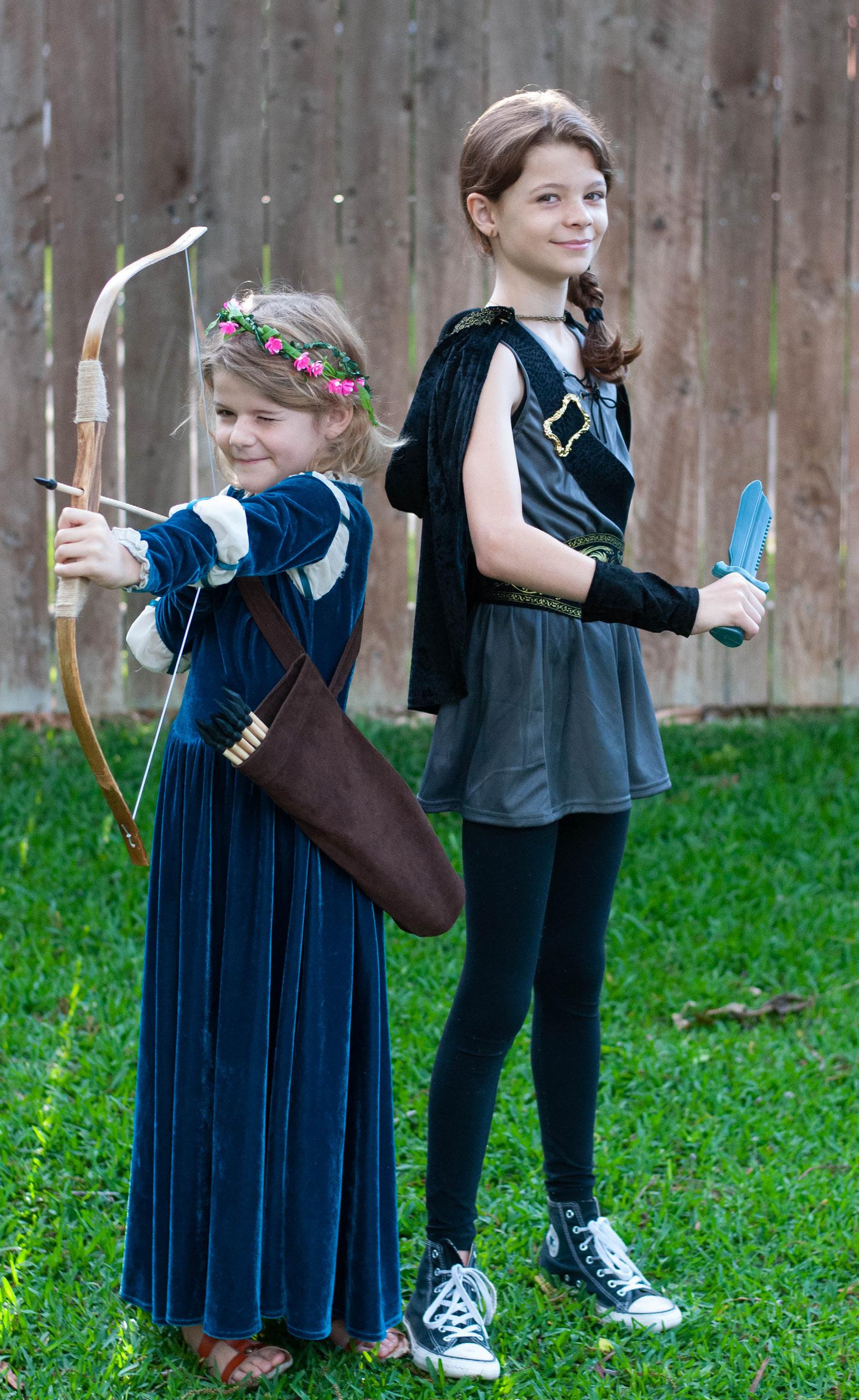
OXFORD
primary
PMS: 296 C
RGB: 10 24 43
CMYK: 91 79 53 68
HEX: 0A182B
PMS: 2767 C
RGB: 19 41 75
CMYK: 100 82 01 51
HEX: 12284C
PMS: 4153 C
RGB: 20 71 132
CMYK: 98 67 0 13
HEX: 144784
PMS: 542 C
RGB: 123 173 211
CMYK: 51 16 0 0
HEX: 7BADD3
grays
RGB: 85 91 96
CMYK: 67 55 50 25
HEX: 555B60
RGB: 176 180 181
CMYK: 32 23 24 0
HEX: B0B4B5
RGB: 232 232 232
CMYK: 8 6 6 0
HEX: E8E8E8
RGB: 123 173 211
CMYK: 51 16 0 0
HEX: 7BADD3
*Note: When appropriate, these selected colors may be used in shades decreased in 10% increments.
Academic blue and monochromatic hues.
The CSD color palette is a sophisticated combination of blue hues.
This monochrome look aligns with classical academia, while creating a focused palette that pairs well with colorful photography.
BEST PRACTICES
• The primary brand colors include Oxford, Classical and White.
• Use Royal and Skye as accents.
• Use grays to create visual hierarchy within large areas of text.









